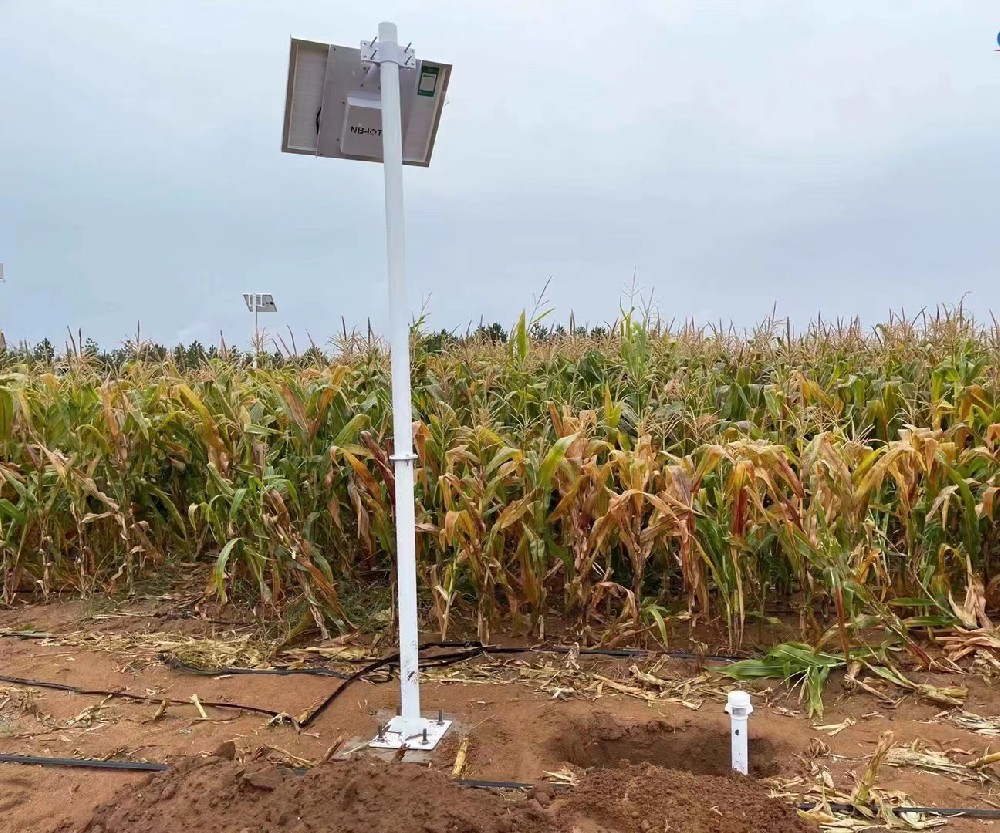

— Blogs —
—Products—
 Consumer hotline +8618073152920
Consumer hotline +8618073152920 WhatsApp:+8615367865107
Address:Room 102, District D, Houhu Industrial Park, Yuelu District, Changsha City, Hunan Province, China
Product knowledge
Time:2024-01-23 14:04:06 Popularity:1131
Weather station is a device for measuring and recording meteorological data, which is used to monitor parameters such as temperature, humidity, air pressure, wind speed, wind direction, rainfall, sunshine hours and so on in the atmosphere. Weather stations can provide accurate weather data for agriculture, aviation, water conservancy, transportation, environmental protection and other fields.
A weather station usually consists of several components, including sensors, data collectors, data processors, wireless communication modules and so on. Sensors are responsible for detecting and recording environmental parameters and transmitting data to the data collector. The data collector is responsible for processing and storing the data and transmitting the data to the data processor. The data processor generates weather reports and forecasts by calculating and analyzing the data. The wireless communication module can transmit the weather data to the cloud or other terminal devices in real time.
According to different application scenarios, weather stations can be divided into two types: manual weather stations and automatic weather stations. Manual weather station needs to observe and record weather data manually, which is time-consuming and prone to errors; while automatic weather station can realize automatic recording and transmission of weather data, and can analyze and process the data through cloud computing, artificial intelligence and other technologies, with higher precision and reliability.
At present, weather stations have been widely used in agriculture, weather forecasting, disaster prevention and mitigation, aviation, rail transportation, energy, environmental protection and other fields. In the field of agriculture, weather stations can help farmers better manage crops and resources, and improve production efficiency and quality; in the field of weather forecasting, weather stations can provide accurate weather forecasts to help people make timely decisions and respond to natural disasters.
An agricultural weather station is a device used in the field of agriculture to monitor and record environmental weather parameters.Weather stations are very important to farmers because weather is one of the key factors affecting agricultural production. Farmers can use weather stations to obtain current information on temperature, humidity, wind speed, wind direction, rainfall, hours of sunshine, etc. and make appropriate decisions based on this information, such as making irrigation schedules, predicting crop growth cycles, and adjusting rain protection measures.
1. Crop management: Meteorological data provided by weather stations can help farmers better manage their crops. By knowing the current temperature, humidity and rainfall, farmers can determine appropriate irrigation schedules and fertilization programs. In addition, weather data can also help farmers predict the growth cycle and harvesting time of crops, so as to make appropriate arrangements.
2. Predicting the weather: Weather stations can provide accurate weather forecasts to help farmers make timely decisions. Predicting future information such as precipitation, wind speed and temperature changes is crucial for agricultural production. Farmers can adjust their farming activities according to the weather forecasts, such as choosing the right time for sowing, taking measures against rain or carrying out drought relief measures.

3. Pest control: Meteorological data provided by weather stations can help farmers predict the occurrence and spread of pests and diseases. The occurrence of certain pests and diseases is closely related to meteorological conditions, such as high temperature and high humidity. By monitoring meteorological data, farmers can take appropriate control measures in advance to reduce the harm of pests and diseases to crops.
4. Saving resources: weather stations can help farmers optimize the use of resources. By knowing the current weather conditions, farmers can avoid irrigation on rainy days, thus saving water resources. In addition, adjusting the fertilizer plan according to weather data can avoid overuse of fertilizer substances, reduce costs and decrease the load on the environment.
5. Realization of remote monitoring: Some advanced weather stations can be connected to the Internet to realize remote monitoring and data transmission, so that farmers can obtain weather data anytime and anywhere.

In summary, weather stations are a valuable tool for farmers. By providing accurate weather data and weather forecasts, weather stations help farmers to make informed decisions and improve the efficiency and quality of agricultural production, while conserving resources and reducing environmental impacts.
Related recommendations
Sensors & Weather Stations Catalog
Agriculture Sensors and Weather Stations Catalog-NiuBoL.pdf
Weather Stations Catalog-NiuBoL.pdf
Related products
 Combined air temperature and relative humidity sensor
Combined air temperature and relative humidity sensor Soil Moisture Temperature sensor for irrigation
Soil Moisture Temperature sensor for irrigation Soil pH sensor RS485 soil Testing instrument soil ph meter for agriculture
Soil pH sensor RS485 soil Testing instrument soil ph meter for agriculture Wind Speed sensor Output Modbus/RS485/Analog/0-5V/4-20mA
Wind Speed sensor Output Modbus/RS485/Analog/0-5V/4-20mA Tipping bucket rain gauge for weather monitoring auto rainfall sensor RS485/Outdoor/stainless steel
Tipping bucket rain gauge for weather monitoring auto rainfall sensor RS485/Outdoor/stainless steel Pyranometer Solar Radiation Sensor 4-20mA/RS485
Pyranometer Solar Radiation Sensor 4-20mA/RS485
Screenshot, WhatsApp to identify the QR code
WhatsApp number:+8615367865107
(Click on WhatsApp to copy and add friends)
